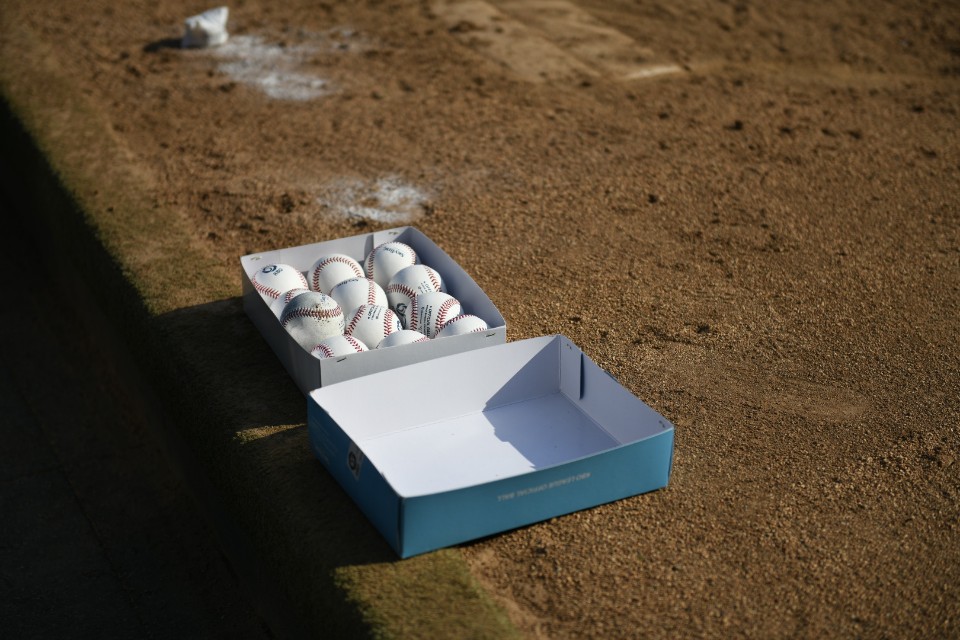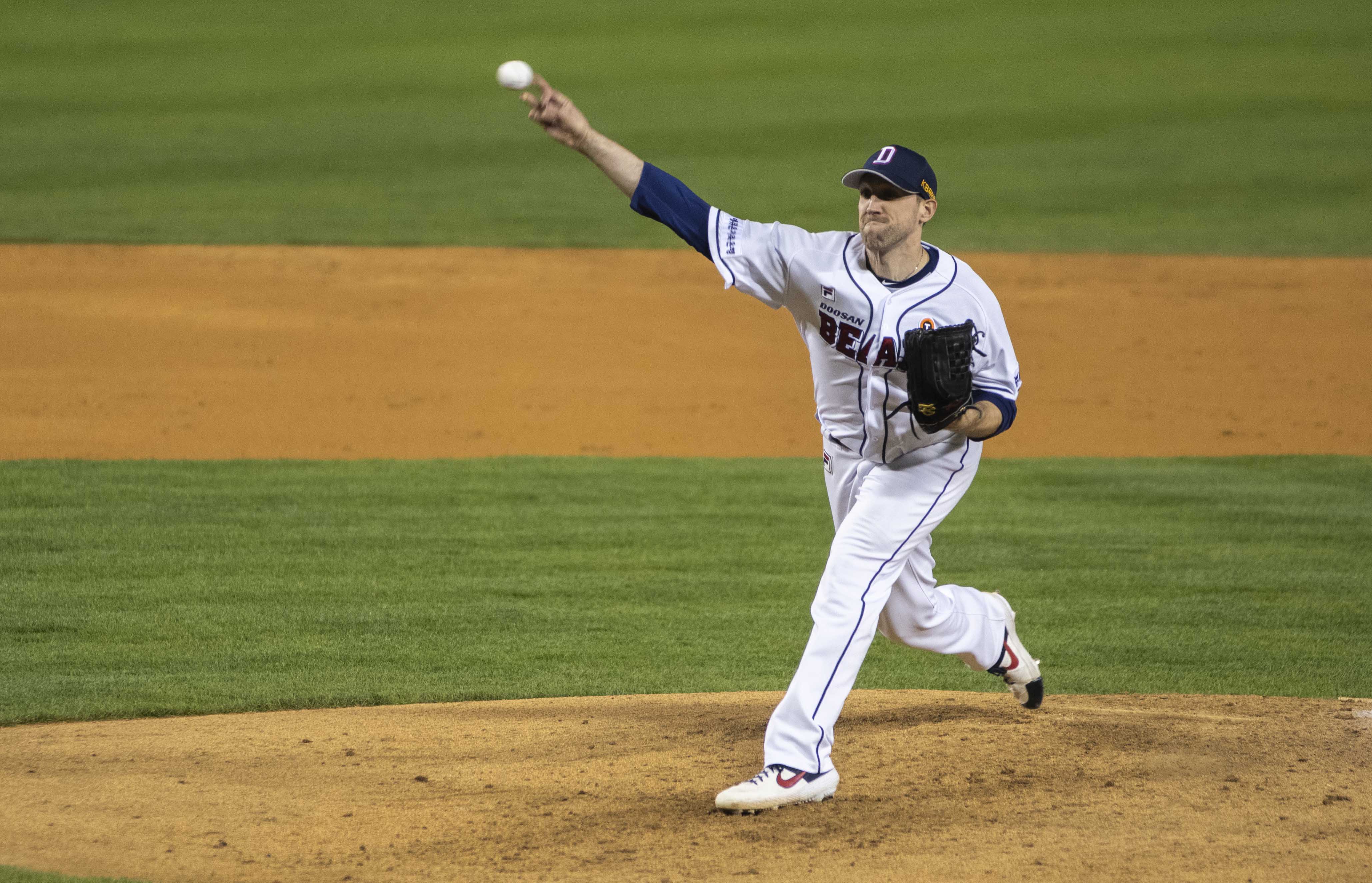We have arrived at the part of the season where teams start to identify themselves as buyers and sellers. In turn, we can start assessing which players are likely to be traded.
The San Francisco Giants are clearly sellers. Stuck in last place in the NL West, with one of the weakest farm systems in baseball, the Giants need an influx of young talent. Madison Bumgarner will almost certainly be traded, but come the end of the month, he shouldn’t be the only Giants lefty on the move.
Will Smith was once a failed starter for the Royals. The Brewers acquired him in exchange for Nori Aoki prior to the 2014 season, and quickly turned him into a successful reliever. He was traded to the Giants near the deadline in 2016, and after missing the entire 2017 season with Tommy John surgery, he came back as an even better reliever, maintaining his high whiff rates while throwing more strikes. Smith is now one of the top closers in the league, and contenders will be lining up for his services.
Several surface numbers — including his 40.9% strikeout rate and 6.1% walk rate – indicate that the lefty has pitched well this season. But perhaps nothing underscores the point like WPA. Relievers are often thrust into high-leverage situations without much room for error, and in that regard, Smith has starred:
2019 Reliever WPA Ranking
WPA isn’t designed to predict a player’s future success: It’s just a measure of how they have harmed or enhanced their team’s chances of winning. Still, it’s useful in evaluating relievers, as the context in which they are deployed shapes our understanding of their performance. By this measure, Smith has clearly thrived.
Quietly, Smith has been a pretty solid reliever for a few years now. In 2018, he posted career-low walk rate (7.1%) while striking out well over a hitter per inning. Back in the offseason, Jeff Sullivan examined Smith’s brilliance, concluding that his strong numbers and San Francisco’s needs made him an obvious trade candidate. This season, he’s been even better. Here’s how he ranks among major league relievers in several important categories:
Will Smith ranks vs. other ML relievers (min. qualified IP)
| K% |
BB% |
K-BB% |
FIP- |
xFIP- |
FIP |
| 41.1 (4th) |
6.5% (37th least) |
34.7 (4th) |
49 (7th) |
47 (3rd) |
2.03 (5th) |
Smith’s rise from a good reliever to an elite one can be partly explained by a small shift in his pitch mix. Last year, Smith threw his slider 36% of the time, establishing it as his main go-to weapon. It induced a .129 wOBA and a .129 xwOBA. This season, it’s got even deadlier, good for a .120 wOBA and a .108 xwOBA, even as he’s thrown it more often (42.1%). To better illustrate his slider’s effectiveness, here are a couple of gifs for your viewing pleasure:
Smith will be a free agent this winter, and so he’s just a rental. That’s dings the potential return San Francisco’s brass can expect to receive, but Smith will still fetch some talent that could help the club long-term. To get an idea of how he could be valued, let’s compare his 2019 numbers to those of other relievers who were traded as half-season rentals in recent years.
2019 Will Smith vs. Rental Relievers Traded During Deadline Season
Smith’s numbers look top-notch even when compared to this stellar group. One could make an argument that Smith has performed better this season than Aroldis Chapman at the time he was traded in 2016, though the Giants certainly won’t be acquiring a prospect of Gleyber Torres’s caliber.
As always, several teams pushing for the playoffs are in need of bullpen help. The following clubs in particular could really use Smith’s services:
Potential Buyers With Bullpen Need
| Team |
Playoff Odds |
Bullpen ERA |
Bullpen FIP |
Bullpen WAR |
| Red Sox |
58.2% |
4.37 |
4.12 |
2.7 |
| Twins |
97.3% |
4.28 |
4.21 |
2.6 |
| Braves |
94.1% |
3.81 |
4.53 |
0.6 |
| Phillies |
24.2% |
4.79 |
4.99 |
-0.1 |
| Nationals |
59.9% |
6.30 |
4.82 |
0.3 |
| Cubs |
78.9% |
3.99 |
4.42 |
0.8 |
| Dodgers |
100.0% |
4.26 |
4.32 |
1.4 |
While just about any contender could find a place for Smith, teams with deep bullpens — like the Rays, Brewers and Indians — will probably be looking to bolster other parts of their roster. In addition to the teams listed above, the Astros are also a potential partner. Houston’s relievers have pitched very well, but they don’t have a southpaw in their bullpen right now.
With so many contending teams needing to beef up their bullpens, Smith will attract plenty of calls to the Giants front office. That’s a good news for San Francisco: the more suitors, the better their leverage. The odds are that, come August, Smith is going to make someone else’s bullpen happier. We just don’t know who, and for what return, quite yet.



